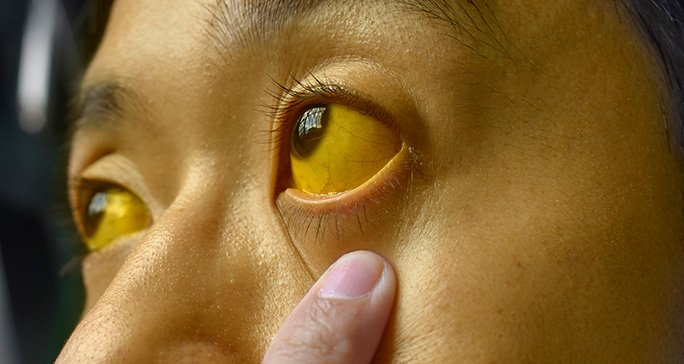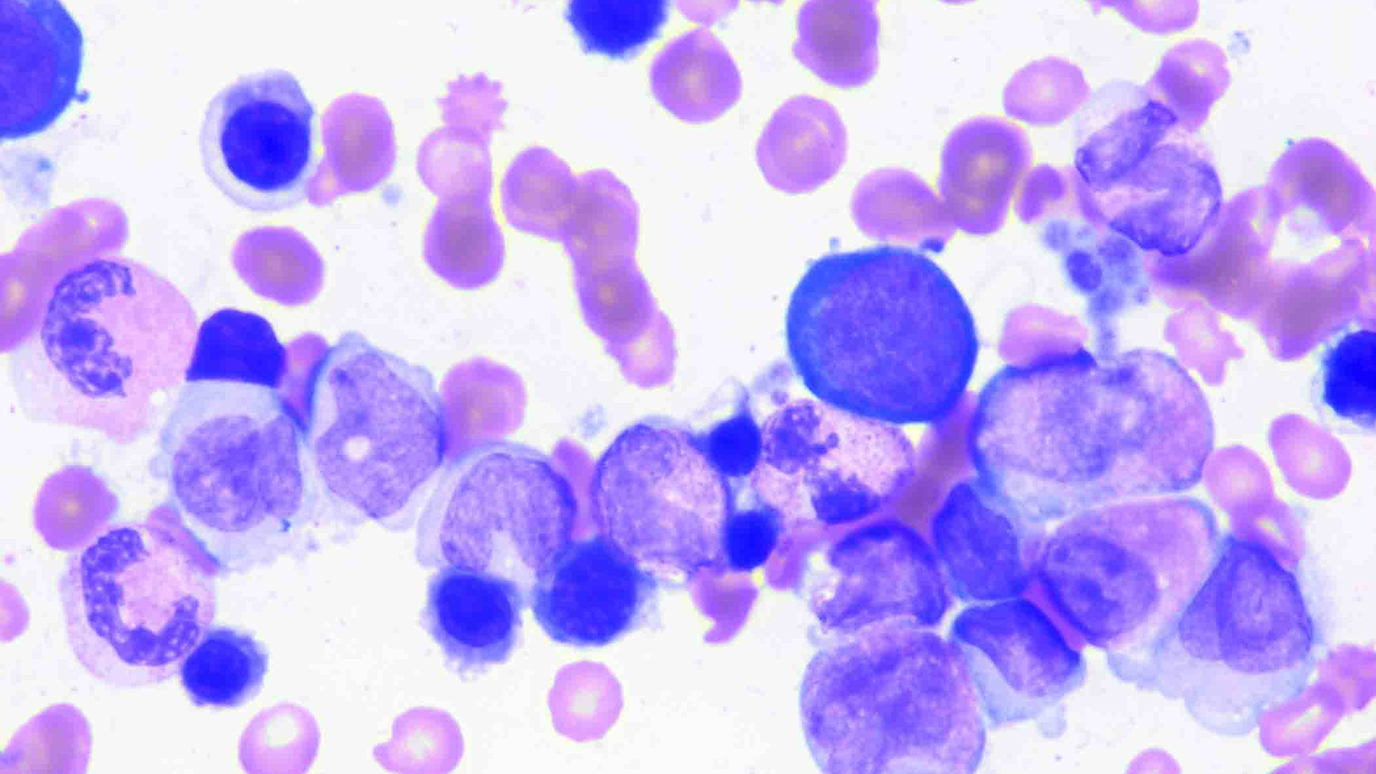- Diseases
- Acoustic Neuroma (16)
- Adrenal Gland Tumor (24)
- Anal Cancer (70)
- Anemia (2)
- Appendix Cancer (18)
- Bile Duct Cancer (26)
- Bladder Cancer (74)
- Brain Metastases (28)
- Brain Tumor (234)
- Breast Cancer (728)
- Breast Implant-Associated Anaplastic Large Cell Lymphoma (2)
- Cancer of Unknown Primary (4)
- Carcinoid Tumor (8)
- Cervical Cancer (164)
- Colon Cancer (168)
- Colorectal Cancer (118)
- Endocrine Tumor (4)
- Esophageal Cancer (44)
- Eye Cancer (36)
- Fallopian Tube Cancer (8)
- Germ Cell Tumor (4)
- Gestational Trophoblastic Disease (2)
- Head and Neck Cancer (14)
- Kidney Cancer (130)
- Leukemia (342)
- Liver Cancer (50)
- Lung Cancer (286)
- Lymphoma (278)
- Mesothelioma (14)
- Metastasis (30)
- Multiple Myeloma (100)
- Myelodysplastic Syndrome (60)
- Myeloproliferative Neoplasm (6)
- Neuroendocrine Tumors (16)
- Oral Cancer (102)
- Ovarian Cancer (178)
- Pancreatic Cancer (162)
- Parathyroid Disease (2)
- Penile Cancer (14)
- Pituitary Tumor (6)
- Prostate Cancer (150)
- Rectal Cancer (58)
- Renal Medullary Carcinoma (6)
- Salivary Gland Cancer (14)
- Sarcoma (238)
- Skin Cancer (302)
- Skull Base Tumors (56)
- Spinal Tumor (12)
- Stomach Cancer (66)
- Testicular Cancer (28)
- Throat Cancer (92)
- Thymoma (6)
- Thyroid Cancer (100)
- Tonsil Cancer (30)
- Uterine Cancer (86)
- Vaginal Cancer (18)
- Vulvar Cancer (22)
- Cancer Topic
- Adolescent and Young Adult Cancer Issues (22)
- Advance Care Planning (12)
- Biostatistics (2)
- Blood Donation (18)
- Bone Health (8)
- COVID-19 (360)
- Cancer Recurrence (120)
- Childhood Cancer Issues (120)
- Clinical Trials (628)
- Complementary Integrative Medicine (22)
- Cytogenetics (2)
- DNA Methylation (4)
- Diagnosis (240)
- Epigenetics (6)
- Fertility (62)
- Follow-up Guidelines (2)
- Health Disparities (14)
- Hereditary Cancer Syndromes (128)
- Immunology (18)
- Li-Fraumeni Syndrome (8)
- Mental Health (122)
- Molecular Diagnostics (8)
- Pain Management (62)
- Palliative Care (8)
- Pathology (10)
- Physical Therapy (18)
- Pregnancy (18)
- Prevention (940)
- Research (390)
- Second Opinion (78)
- Sexuality (16)
- Side Effects (616)
- Sleep Disorders (10)
- Stem Cell Transplantation Cellular Therapy (216)
- Support (408)
- Survivorship (330)
- Symptoms (182)
- Treatment (1794)
Histotripsy for liver cancer: What to know about this novel cancer treatment
4 minute read | Published January 14, 2025
Medically Reviewed | Last reviewed by Hop Tran Cao, M.D., on January 14, 2025
If you, or someone you know, was recently diagnosed with a liver tumor, you may have heard talk about a new type of cancer treatment called histotripsy.
But what is histotripsy? How does it work? Is it only for patients with liver cancer? And, how do you know if you’re a good candidate for it?
Read on to get answers to these questions and more.
What is histotripsy?
Histotripsy is a new technology that was approved in 2023 by the Food and Drug Administration (FDA) for the treatment of liver tumors. It uses focused ultrasound energy to destroy tumors non-invasively — that is, without making any surgical cuts.
How does histotripsy work?
Histotripsy works through a process called cavitation, or the creation of air pockets in a particular substance. The focused energy created by the ultrasound machine generates enough force to pulverize matter — in this case, liver tumor tissue. It also creates a “bubble cloud” in the process, which shows us that the energy has reached the level necessary to destroy tumor cells.
Patients receiving histotripsy are given general anesthesia so we can control their breathing and minimize movement of the targeted tumor(s). Then, they’re securely positioned on the operating room table and the equipment is situated over them. Doctors then program the robot to deliver the planned treatment. Once the machine is activated, the procedure itself may take anywhere from 10 to 50 minutes per tumor. The focused energy travels through the body to its targeted location and is automatically delivered.
Is histotripsy used exclusively to treat liver cancer?
Yes. At this time, histotripsy is only approved to treat liver cancers. However, it can be any type of liver tumor, whether it is a primary tumor (i.e. a tumor that started in the liver, such as hepatocellular carcinoma or cholangiocarcinoma) or another type of cancer that metastasized, or spread, to the liver.
Histotripsy is being tested for tumors in other organs in clinical trials but is not currently approved for the treatment of tumors outside the liver.
Key takeaways
- Histotripsy uses focused ultrasound energy to destroy tumor tissue.
- Currently, it has only been approved to treat tumors in the liver.
- Histotripsy is a promising technology that may have other applications.
What’s the difference between lithotripsy and histotripsy?
Both use focused energy to crush a particular target, so they are somewhat related. But histotripsy uses ultrasound energy to destroy liver tumors, while lithotripsy uses shock waves to shatter kidney stones.
The suffix “-tripsy” means “crushing.” The prefix “litho-” means “stone,” while “histo-” means “tissue.”
Which patients make the best candidates for histotripsy?
At MD Anderson, we offer a large number of options to treat liver tumors. Figuring out when to use histotripsy and under what circumstances is the biggest question we are looking to answer right now.
Each patient being considered for histotripsy is carefully evaluated by a committee made up of surgical oncologists, interventional radiologists, radiation oncologists and GI medical oncologists. Our goal is to determine if histotripsy or one of the more conventional and proven treatments would be a better choice.
That being said, this technology was intended to treat individual tumors, particularly in situations when surgery or some other treatment, such as ablation, would be too risky. This might be because of a tumor’s location or its proximity to critical structures or because a patient is not a good candidate for more invasive therapies.
What is the success rate of histotripsy?
So far, we don’t have a lot of long-term data for histotripsy. It seems to be effective in treating the targeted tumors. But as with all other local treatments, there is always a risk of the cancer coming back, either at the site of treatment or somewhere else.
What’s the most important thing to know about histotripsy for liver cancer?
Histotripsy is a promising technology that may allow us to treat tumors we’d otherwise have no good options for. It is not a miracle cure, but it can be a very useful tool in treating liver tumors.
To me, that’s the most exciting aspect of histotripsy: that it’s expanding our options to treat more patients.
Hop Tran Cao, M.D., is a surgical oncologist who specializes in treating gastrointestinal cancers at MD Anderson, where he leads the histotripsy program.
Request an appointment at MD Anderson online or call 1-877-632-6789.

It may allow us to treat tumors we’d otherwise have no good options for.
Hop Tran Cao, M.D.
Physician





